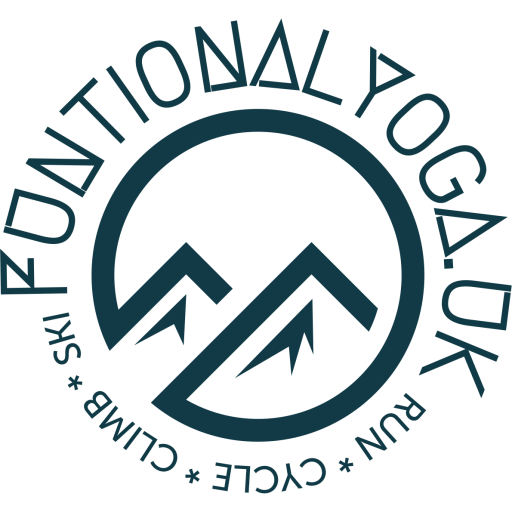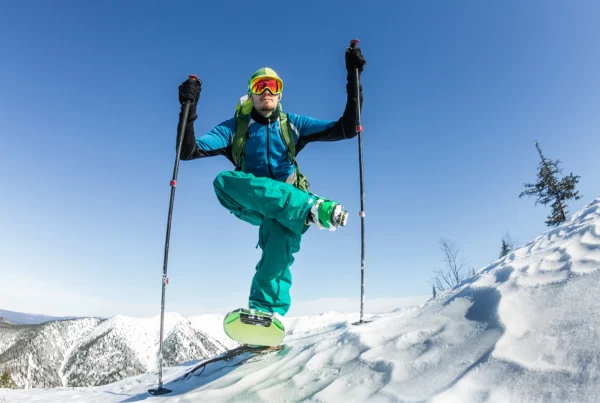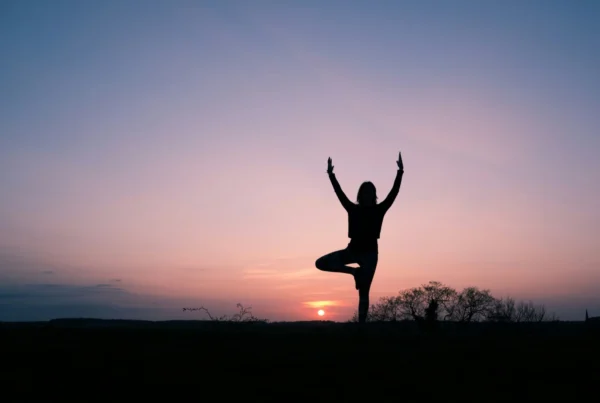
The Importance of Strength and Stability for Skiing
Strength and stability are critical components for anyone looking to excel in skiing, a sport that demands not only physical prowess but also an acute sense of balance. The physical demands of skiing can be intense, as it requires skiers to navigate varying terrains while maintaining control over their movements. Strong legs are vital for absorbing the force generated during turns and jumps, ensuring that skiers can withstand the impact of both the terrain and their own actions. Additionally, a strong core is essential for maintaining proper alignment and posture, which is crucial for optimizing performance and reducing fatigue on the slopes.
Balance plays a significant role in skiing, as it allows individuals to make quick adjustments and maintain stability while traversing uneven ground. Instinctive reactions to shifts in weight or obstacles can significantly affect a skier’s ability to remain upright and in control. Therefore, improving overall strength and stability can lead to enhanced performance by enabling skiers to execute precise movements with greater ease and confidence.
The integration of yoga into a training regimen can be particularly beneficial in addressing these needs. Yoga emphasizes controlled movements that engage core muscles while promoting flexibility and balance. Through a variety of postures, yoga trains the body to cultivate strength in both the upper and lower body, creating a solid foundation that can mitigate the risk of injury. Not only does this practice prepare the body for the rigors of the ski season, but it also encourages a heightened awareness of body mechanics, allowing for better performance on the slopes. By incorporating yoga, skiers can enhance their overall stability, ensuring they are physically prepared for the demands of skiing.
Essential Yoga Poses to Build Skiing Strength
Engaging in yoga can significantly enhance the strength and stability essential for skiing. Certain poses specifically target the muscle groups most utilized during skiing activities, promoting both power and endurance. Here are three essential yoga poses to incorporate into your routine.
Chair Pose (Utkatasana): This pose mimics the squat position that is fundamental for maintaining balance and strength while skiing. To perform Chair Pose, stand with your feet together and bend your knees, lowering your hips as if you are sitting in an invisible chair. Keep your back straight and arms extended above your head or placed in front of your chest. Hold this position for several breaths, focusing on engaging your quadriceps and glutes. For those who find this challenging, you can practice with your back against a wall for added support.
Warrior II (Virabhadrasana II): This powerful pose builds strength in the legs and encourages stability. Start by standing tall and stepping one foot back while bending the front knee at a 90-degree angle. Extend your arms out to the sides, ensuring they are parallel to the ground, and gaze over your front hand. This position strengthens the thighs, improves hip flexibility, and enhances core stability—key aspects for effective skiing. To modify, place your back knee on the ground for support while maintaining proper alignment.
Boat Pose (Navasana): Core strength is vital for skiing, and Boat Pose targets the abdominal muscles while improving overall balance. Begin seated with your legs extended in front of you. Lean back slightly, lift your feet off the ground, and ideally, elevate your shins parallel to the floor. You can also extend your arms forward for added challenge. Hold this pose, breathing steadily, while engaging your core. If you find it difficult, keep your feet on the floor with your torso leaned back. This modification allows for building strength progressively.
Each of these poses contributes to the overall strength and flexibility required for skiing, making them a beneficial addition to your winter sports preparation routine.
Yoga for Balance and Stability: Key Poses to Practice
Maintaining balance and stability is fundamental for skiers, particularly when navigating diverse terrains and engaging in dynamic movements. Incorporating specific yoga poses into your training regimen can significantly enhance these skills. Three key poses that contribute to better balance and stability are Tree Pose, Eagle Pose, and Half Moon Pose.
Tree Pose, or Vrksasana, is an excellent starting point. This pose encourages focus and concentration while requiring practitioners to stand on one leg. By grounding one foot and placing the other against the inner thigh or calf of the standing leg, skiers can enhance their proprioception—the awareness of body position and movement in space. Balancing in this position strengthens the ankles and improves stability, essential for making precise turns on the slopes.
Eagle Pose, or Garudasana, goes a step further by integrating upper and lower body coordination. This pose involves wrapping one arm under the other and crossing one leg over the other while seated or standing. The act of twisting the body fosters greater core strength and concentration while enhancing coordination. For skiers, improved core stability translates into better control during aggressive skiing maneuvers, as it allows for more effective weight shifts and edge control.
Half Moon Pose, or Ardha Chandrasana, also plays a crucial role in building balance. This pose challenges the body’s alignment while standing on one leg and lifting the other leg parallel to the ground. The full engagement of the core and stabilization of the standing leg contribute to improved balance and strength. As skiers practice this pose, they cultivate the capability to respond to unpredictable conditions and maintain stability, which is vital when navigating icy patches or varied snow conditions.
Regularly incorporating these yoga poses into a training routine can lead to enhanced balance, stability, and overall skiing performance. The focus on body awareness and muscular strength achieved through these exercises assists skiers in maneuvering with poise and assurance, allowing for a safer and more enjoyable skiing experience.
Integrating Yoga into Your Pre-Ski Season Routine
To optimize performance and minimize injury during the ski season, incorporating yoga into your pre-ski season routine is a valuable strategy. Yoga offers a unique blend of strength, flexibility, and balance that aligns perfectly with the physical demands of skiing. To create an effective training program, consider scheduling three to four yoga sessions weekly, complementing them with strength training and cardiovascular fitness activities.
Designate specific days for each type of workout. For instance, you could reserve Mondays and Thursdays for yoga, focusing on poses that enhance core stability and leg strength. On Tuesdays and Fridays, engage in strength training to target muscles critical for skiing, such as your quadriceps, hamstrings, and glutes. Incorporating cardio sessions, such as cycling or running, on Wednesdays and weekends can support overall endurance without compromising your flexibility work. This combination fosters a balanced approach that prepares your body effectively for skiing.
Consistency is crucial when integrating yoga into your routine. Aim to practice yoga regularly, as maintaining flexibility and strength will yield better results over time. To track your progress, consider keeping a journal that notes the poses practiced, any challenges encountered, and improvements observed in your skiing-related capabilities. This reflective practice can boost motivation and help adjust your regimen as needed.
Furthermore, before each skiing session, establishing a warm-up routine that includes dynamic stretches and yoga poses can enhance your body’s readiness for action on the slopes. Poses like Downward Dog and Cat-Cow not only help activate muscles but also promote mental focus, reducing the risk of injury while skiing. In summary, incorporating yoga into your pre-ski season routine provides essential preparation, improving both strength and stability for a successful ski season ahead.




